As consumers, we are entering a period of radical change in the photography industry with the introduction of so many new full-frame mirrorless cameras and lenses. Sony had the place to themselves for a while, but with Nikon and Canon throwing their hats in the ring over the past couple of months, it’s clear that we are about to enter a mirrorless battle royale.
At Photokina 2018, more big news as the L-Mount Alliance was announced between Leica, Sigma and Panasonic. This will see both Panasonic and Sigma releasing new full-frame mirrorless cameras in 2019, both using Leica’s L-Mount. Users will have immediate access to the existing Leica SL lenses, as well as new L-Mount lenses being developed by Panasonic and Sigma.
When I sat down to read all the latest Photokina news, my brain almost felt overwhelmed! The prospect of a Sigma full-frame camera with a Foveon sensor which can be equipped with Leica lenses is extremely enticing. Not to mention a full-frame Panasonic camera that takes the incredible video performance that they are so well known for, and put’s it into a camera with a larger sensor. Sigma has vowed to make an EF lens adapter for the L-Mount system too, so you could use your existing Canon lenses with any of these cameras!
By the end of 2019, the higher end of the consumer photography market will have an unprecedented range of camera and lens options. I’m bloody excited!
But one thing we do seem to have lost in all of this is the push towards miniaturization. When mirrorless cameras first came to market about a decade ago with the Micro Four-Thirds system, the biggest selling point was the smaller size of the cameras and lenses. In the last few years, it seems that this idea of miniaturization has really been swept aside, and I think that’s a damn shame because I really see a huge benefit in smaller and lighter cameras.
Removing the mirror box from cameras has made them marginally smaller, so that is definitely a good thing, but this idea of a smaller package seems to have stopped right there. Take a look at the Panasonic 50mm f/1.4 lens prototype for the new full-frame L-Mount system! It’s MASSIVE. It appears to be over half the size of their 70-200!
Canon’s new R-Mount lenses aren’t really any smaller than older EF lenses either, and Leica SL lenses for the L-Mount are even larger than most equivalent DSLR lenses. Much praise was heaped upon the new Sony E-Mount 400mm f/2.8 for its light weight when it was recently announced, but then Canon launched a new EF mount (non-mirrorless) 400mm f/2.8 that’s actually lighter, so in the end that didn’t prove to be a real triumph of the mirrorless format either.
The one ray of hope that I’ve seen in recent months is the launch of the new Sony G-Master 24mm f/1.4. This lens actually looks quite small for an f/1.4 prime lens, and much has been made of its light weight in all the Sony press and marketing details during the launch. I hope this is a route that Sony explores in more depth over the coming months because it might cause a few of these other manufacturers to take note and follow a similar path.
[UPDATE: Sony has continued this trend, creating other small lenses such as the 35mm GM and the 14mm GM]
After all, why is everyone so excited about mirrorless cameras if it’s not for the size and weight savings? You could put any of these sensors in a DSLR and the image quality would be identical and the autofocus would very likely be faster and more accurate.
I don’t just want to see mirrorless as some marketing buzzword in the way that these companies used to use the word megapixels. I want to see more genuine size benefits. With many of these manufacturers choosing a very wide new lens mount, it certainly makes it difficult to make small lenses. Hopefully, we see some real creativity in lens design in the coming months and years to address this.

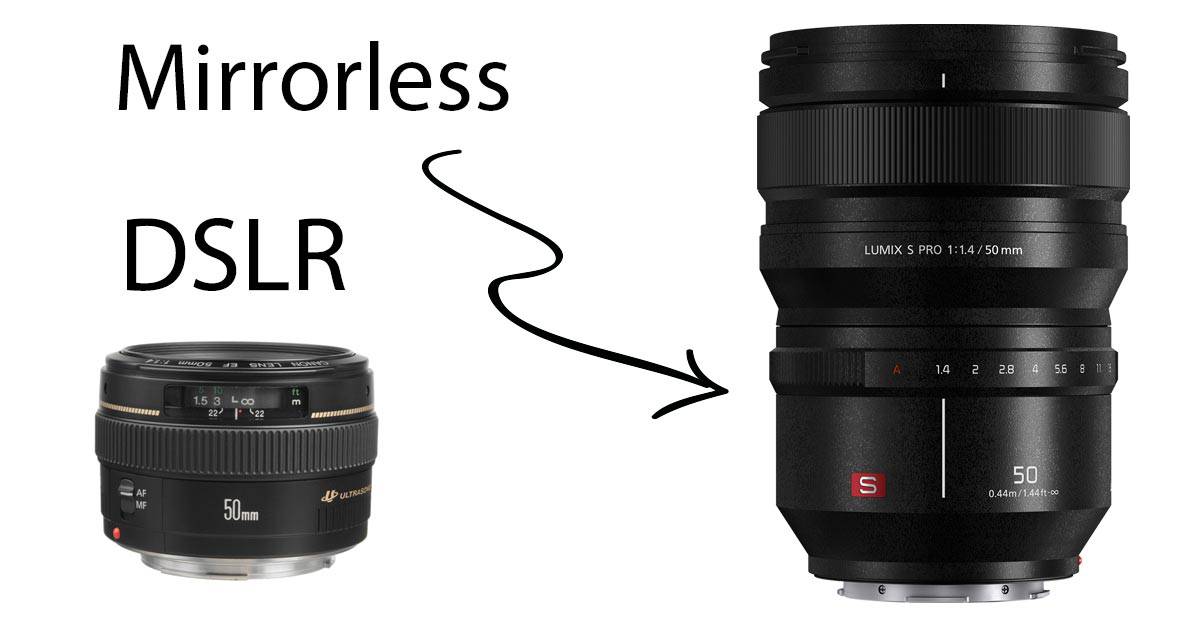
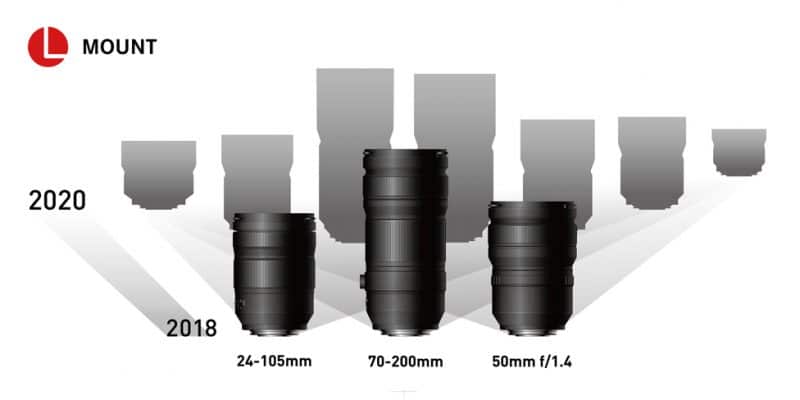
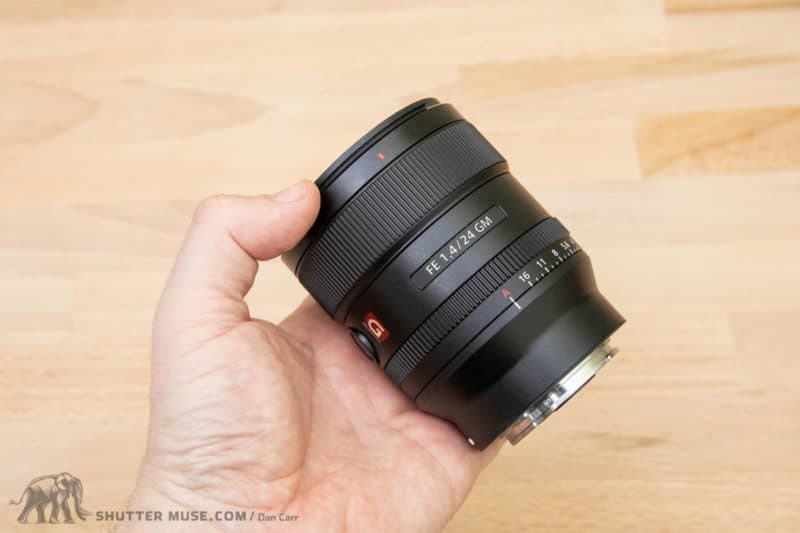
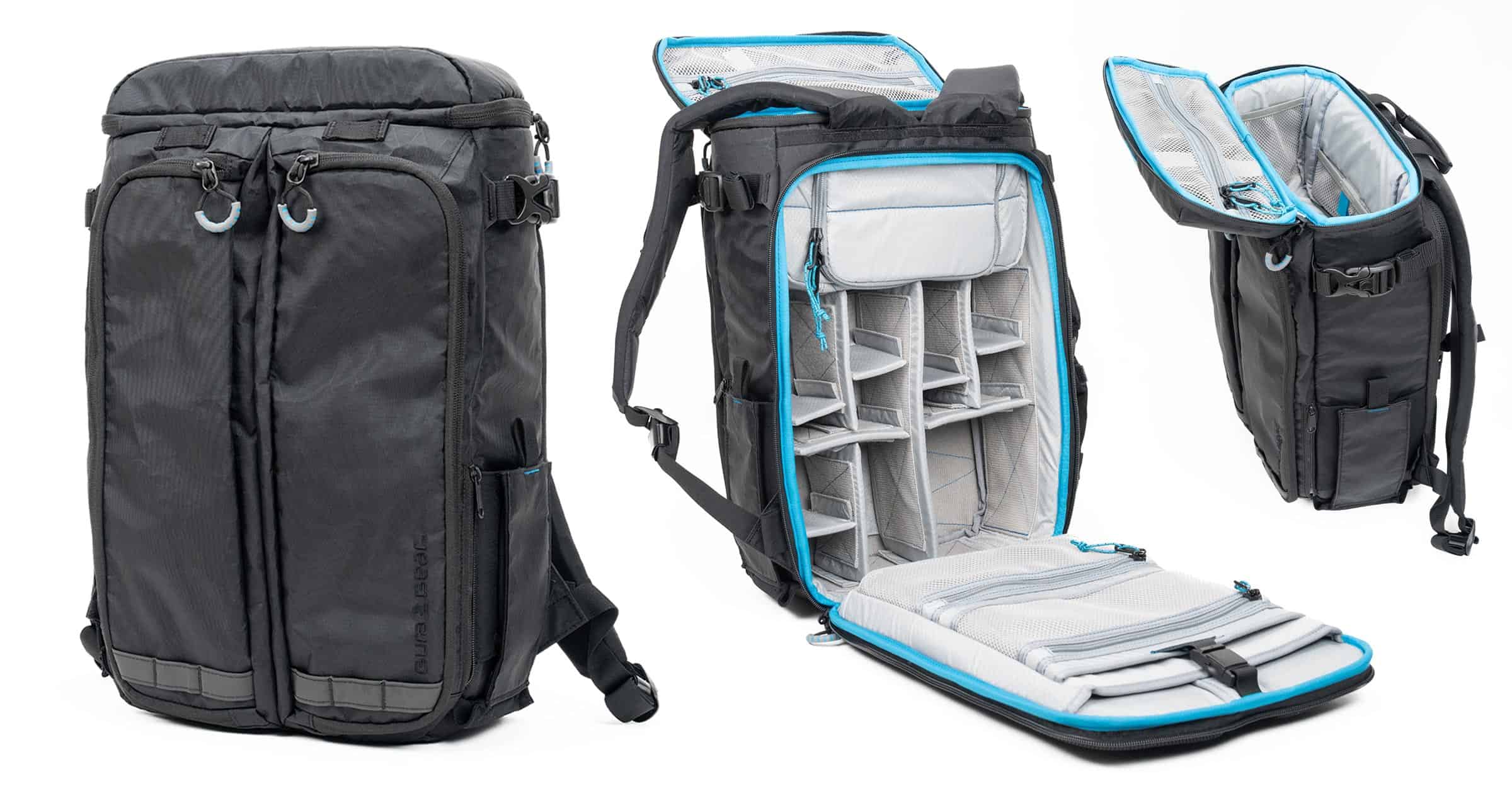
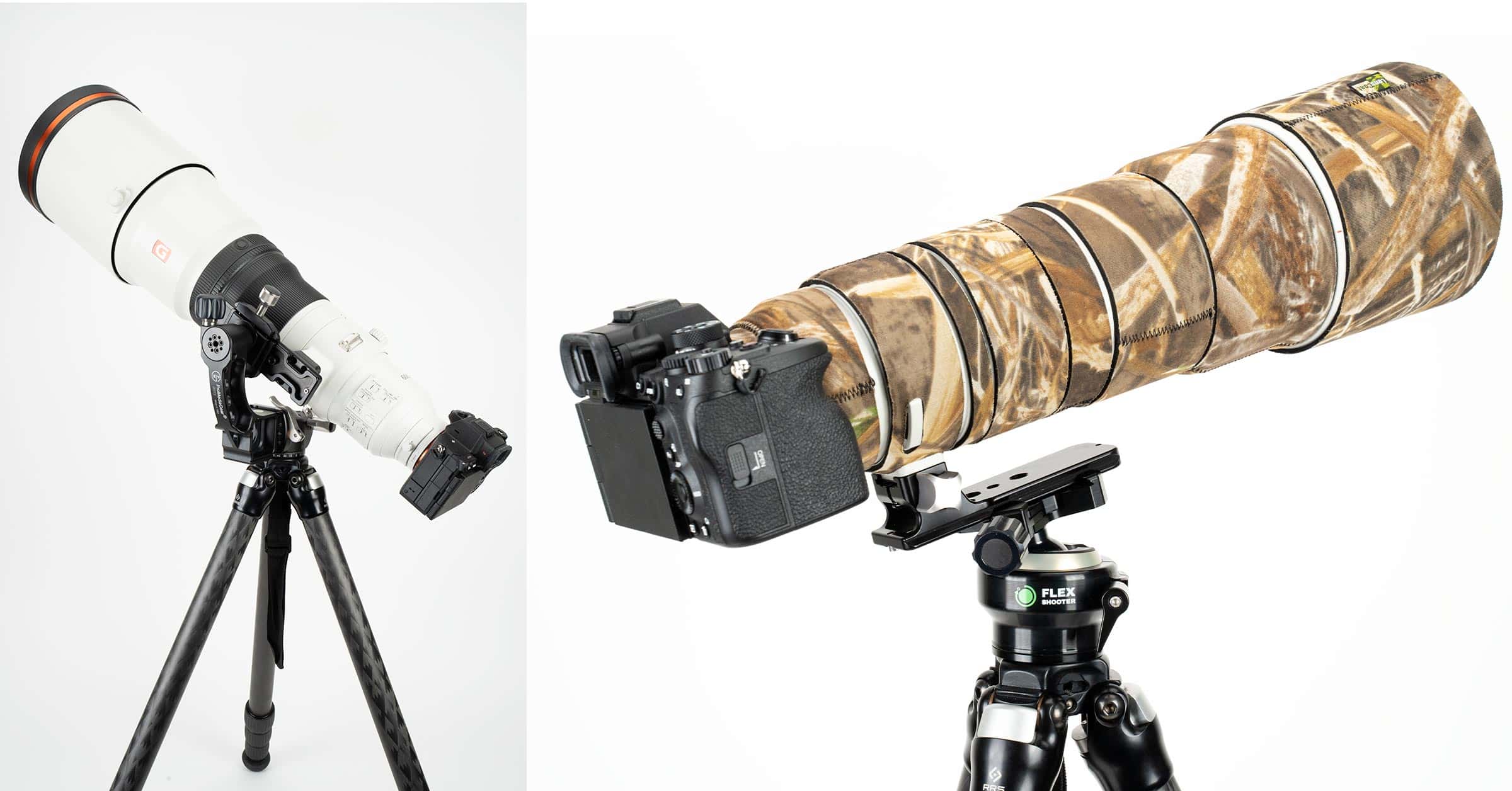
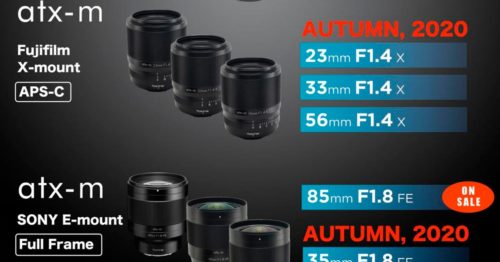
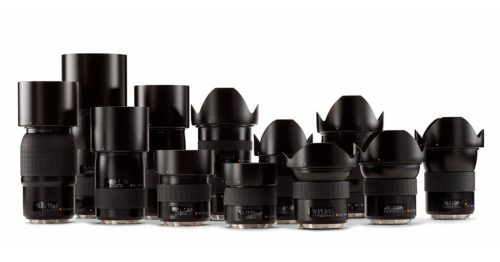

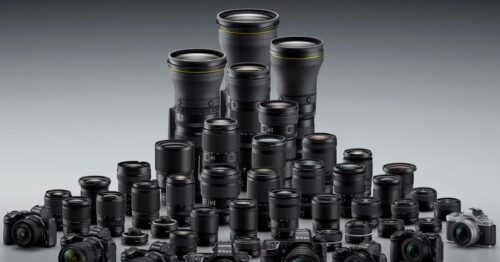
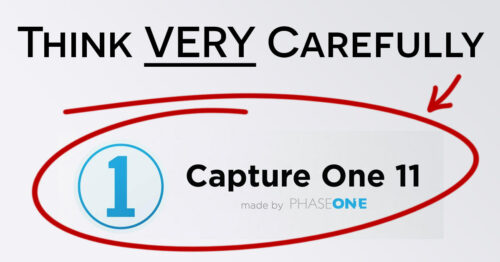
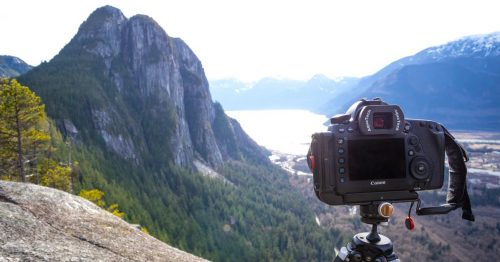
I agree. The main driver for me switching to mirrorless was to reduce the size and weight of my kit. i’ve gone for the Fuji X system, which is a cropped sensor. I can’t see the logic for switching to full frame mirrorless with equally large lenses.
The other thing that confuses me is with all these new ground up designs, why are they still being based on the size of 35mm film?
Do you mean why aren’t they making a 40mm sensor or something like that? Or do you mean the overall size/shape of the camera?
Yeah, if bigger is better, why stop at 35mm? I know there are a few MF options, but full frame seems to be the limit for anything mainstream.
Yeah I’m not sure. I guess it could lead to confusion. It’s already kind of confusing to people that Fuji and Hasselblad’s mirrorless “medium format” isn’t actually the full size of medium format. So now you have two sizes of MF being their small one, and then “full frame medium format” from Phase One that is actually the size of old MF film. There’s also lens adaption issues and 3rd party lens issues. Example: Sigma makes optical designs that they can put a canon mount on, a Nikon mount, a Sony mount etc. If everyone had different sensor sizes then all these people Sigma, Tamron, Rokinon etc would have to make different designs for all cameras. It might kill that third part market entirely.
I also think the prices will go up as well . Why cant they make a 3 lens camera (remember twin lense reflex ////With electronic view finder to handle 3 zoom ranges or , 2 zoom+wide angle…… . Perhaps you will have a lens you point / zoom and photo transferred to processor on belt . Im sure it will be ridiculously small in 25-30-40 years….I don’t have time to wait////and that ticks me off ………………………… .
Yeah I don’t know why there isn’t more innovation. Although I was very intrigued by the new Zeiss camera that launched today with Adobe Lightroom built into it. As well as some other genuinely fresh ideas. I guess they can be a little more revolutionary since it’ their first digital camera and they don’t have existing customers to complain about how they like things “the way they were”?
mike stringer, that’s not what twin lens reflex cameras are/were, both lenses had the same focal length, one was used to take the image, and the other to focus. Since the image and view occur from different locations, you suffer parallax errors. This is totally different from the system you seem to be thinking of. Still, there have been attempts at innovation, Lytro’s approach was interesting, and the L16 is very much like what you describe: https://petapixel.com/2017/12/08/review-light-l16-brilliant-braindead/ though they’re merging primes without any zooms in the loop I think. Lens you point and zoom and transfer to a processor on your belt (which I’ll read as smartphone), Sony has had those in the QX10 and QX100. The problem has never been innovation, it’s been implementation. In the end, these have all had a certain amount of alpha/beta jankiness to them, they never seem to “just work” in a reliable, swift, and expected way. As a result of the jankiness, customers are ultimately not satisfied and they haven’t had the mass appeal that they hoped for, as a result companies are shelving these ideas (e.g. Lytro exited the consumer camera business, we haven’t seen a new QX camera in a while, the L16, well, they hype has died down long ago and I fear they may be going the same way as Lytro). Of course they may revisit these ideas again when some of the implementation issues have been solved… though they themselves may not be investing the money and research resources to solve them.
Hi Dan I also wondered this. as someone who shoots skiing and a lot in the mountain the idea of saving weight was such a great appeal and have been holding out for Canon to release a full frame mirrorless. But now I am not so sure its the best option. I have been shooting on the original 7D for a loooong time. So hard question time, any suggestion on full frame bodies when I mostly shoot “adventure & wildlife”?
I mean that pretty much sums up the work I do, too. I mostly use a 5D Mark IV and it’s a good compromise between size, speed, weight etc. It’s astronomically better image quality that the original 7D, so you would really appreciate that.
Interesting post… I felt similarly at Photokina this year…
This is exactly how I have felt recently. I have a bad back and decided to lighten what I carry on hikes. I recently went with Fuji because I feel they have the best compromise of compactness and quality, as well as having all the lenses I need. I don’t feel like most other companies take APS-C seriously. Some Sony FE lenses are even bigger/heavier than their Canon/Nikon equivalents, and it seems like a trend to get bigger instead of smaller.
Yeah strange isn’t it!
I shoot only outdoors (hiking, skiing, biking, …) so I wanted to go mirrorless mainly because of weight. I love how Fuji looks… So I give it a try in the shop and once I had it in my quite big hands and even imagined to use gloves – not very good. Ergonomy is not good for me.
But still the weight is an issue for me. So I started to compare what it would cost to change the system (Canon to Fuji) and what are the lens choices. And I also added weight as one parameter. For the body and general zoom i would save 1/2 of the weight. Great! But I do not have just one lens for my Canon 60D…
But for full Canon focal length covered in Fuji system I would save just 300g or even ended with 200g more (!!!!) if I would like faster lens or XT-2 instead of XT-20. Was really surprised! I have taken weight saving as sure…
So final result??? Stay with aged 60D and wait what happens in the market. As a hobby photographer imaqe quality is not issue for me, so I do not want to go FF. I hoped Canon might develop further M50, but not sure now.
Yeah I think you have hit the nail on the head here! I’m glad you did some calculations before spending lots of money on making the switch. I’m not sure what Canon will do with the EOS-M lineup. It’s in a funny place… I’m sure they will make EOS-R APS-C camera, and then it would be very confusing for the market for there to be EOS-M in the market as well. You’re right to sit for a year or two and see how it all shakes out!
I was in a similar position 4 years ago, and rather than moving to Fuji I bought a 40mm pancake lens to go on my 5D. Then bought a 24-105 to have a “one lens solution” for travel.
It didn’t really work out, I ended up moving to Fuji this year and I’m really glad I did, it is smaller and lighter, but crucially more fun to use.